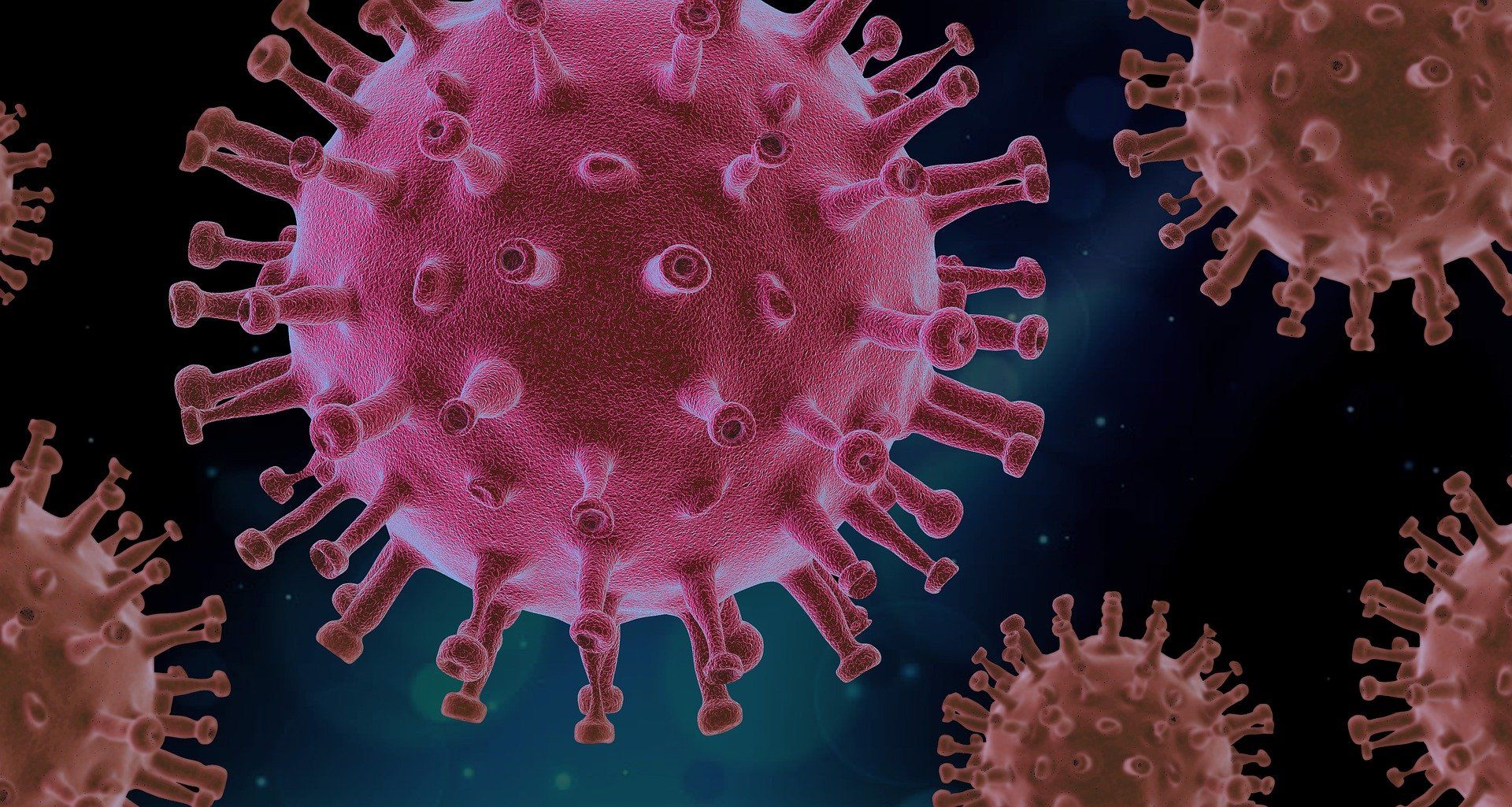An Indian Canadian researcher affiliated with the University of British Columbia (UBC) has created the world’s first molecular-level structural analysis of the spike protein of the omicron variant.
Dr Sriram Subramaniam, who’s a professor at the university’s department of biochemistry and molecular biology said, “Understanding the molecular structure of the viral spike protein is important as it will allow us to develop more effective treatments against omicron and related variants in the future”. He further added, “By analysing the mechanisms by which the virus infects human cells, we can develop better treatments that disrupt that process and neutralise the virus”, as per IANS reports.
Also Read | Japan COVID-19 plan: Stricter measures and more testing amid omicron surge
This ties in with the overall research aim outlined by Subramaniam as per the university site, where he emphasizes focus on “exploring frontiers in structural biology and drug design using cryo-electron microscopy (cryo-EM), with the central goal of accelerating the development of effective therapeutic agents”. Notably, as per the papers published in the Science journal, the analysis conducted at near-atomic resolution was also done with cryo-electron microscopy. It shows how the omicron variant attaches itself to and infects human cells.
Also Read | Belgium: Immunocompromised people to get 4th COVID-19 vaccine
His research aims further highlight, “We take an interdisciplinary approach to this problem by combining novel technologies for 3D imaging with computation and machine learning as well as cell and molecular biology”. Dr Subramaniam is the Gobind Khorana Canada Excellence Research Chair (CERC) in Precision Cancer Drug Design. His work with cryo-EM has sparked a revolution in the imaging of protein complexes.
Also Read | New wearable device can detect COVID-19 around you: Here’s how it works
After observing the molecular-level structure, the researcher commented “It is remarkable that the omicron variant evolved to retain its ability to bind with human cells despite such extensive mutations”.
Also Read | WHO urges countries to work together to end pandemic
His studies showed that omicron displays heightened antibody evasion. Dr Subramaniam added, “Notably, omicron was less evasive of the immunity created by vaccines, compared to immunity from natural infection in unvaccinated patients. This suggests that vaccination remains our best defence”.







